Tarragon (Estragon) Essential Oil
Botanical Name: Artemisia Dracunculus
Origin Country: France
Plant Part: Leaves
Method Of Extraction: Steam Distilled
Use: Stress
Note: Top
Aroma Type: Spicy
Season: Fall/Winter
Aromatic Profile: rich, spicy, sweet
Understanding Aromatic Notes: Oriental
Suitable Blending Oils: Lemons, florals, woods and spices
Chemistry of Tarragon Essential Oil
Key constituents that provide potential medical benefits of tarragon essential oil
Estragole 73.3–87.3%
(Z)-β-Ocimene tr–9.5%
(E)-β-Ocimene tr–9.1%
(+)-Limonene 0–3.5%
α-Pinene 0.5–2.0%
Methyleugenol 0.1–1.5%
Estragole
Estragole, also found in other herbs such as basil, is being researched for a variety of potential health benefits. It exhibits anti-inflammatory and antimicrobial properties, making it useful in treating infections and reducing inflammation. Estragole improves digestion by stimulating digestive enzymes, which may also alleviate indigestion and bloating. Some studies suggest estragole could have antioxidant properties, protecting cells from damage caused by free radicals and may also be able to relieve pain.
(Z)-β-Ocimene is a naturally occurring monoterpene thought to possess several notable medicinal properties. In trials it has demonstrated strong antifungal and antimicrobial activity. (Z)-β-Ocimene also has anti-inflammatory and antioxidant properties.
Tarragon essential oil is a complex one to learn to use. You may have bought yours because of its lovely mouthwatering aroma, but then been a bit hesitant to use it for more than just its fragrance because the safety can be a bit confusing.
Historical and Mythological Notes about Tarragon Essential Oil
Tarragon is indigenous to Europe and grows prolifically in France. There are two types of tarragon plants. The French tarragon plant is easily cultivated through cuttings. Russian tarragon can only be grown from seed. Commercial tarragon essential oil comes from French tarragon.
You may have noticed the extraordinary Latin name of the plant - Artemisia, perhaps because the goddess Artemis was the holder of the herbal knowledge, but dracunculus speaks of dragons!
Interestingly, if you look back at some old cookery books, you’ll see them ask for estragon . Estragon is the folk name for tarragon and the word means dragon. How strange that the plant is so full of estragole!
It seems likely to have got its name from the thick serpentine root that snakes its way across the herb garden. Perhaps not surprisingly then, it has come to be associated as a plant to relieve bites from snakes. It might also be because tarragon likes heat. Despite growing in relatively cool countries, it will not survive the frost. Temperate springs will stunt the leaf growth and they despise being planted in places which are damp; their roots rot.
There are not many essential oils we would say this about, but the disadvantages of using this one outweigh the advantages. Being so high in estragole, and also containing methyl eugenol make it a potentially hazardous oil in the wrong hands. However, it does have a very important function for appetite which is why we stock it.
Likewise it is gorgeous in a diffuser. It is uplifting, happy and instills confidence enough to make you roar!
Let’s look at the good stuff first then explain the precautions.
Tarragon Essential Oil Stimulates Appetite
One of the most important medical benefits of tarragon essential oil is the way it increases appetite.
It is specifically thought to be effective for anorexia and is very helpful for people undergoing cancer treatments that make them feel nauseous and steal their appetites. Tarragon essential oil is not really one you would want to use on the skin for any length of time, especially upon someone in a weakened state (which would be indicated in both these conditions) instead use tarragon essential oil in an aromapendant, a sniffy stick inhaler, or in a diffuser.
One drop will be adequate.
Tarragon Essential Oil as a Digestive
Again, lovely for reducing nausea, heartburn, indigestion…
But absolutely not for morning sickness. Tarragon essential oil should be avoided during pregnancy…even using it in a diffuser.
Is Tarragon Essential Oil Estrogenic?
Tarragon essential oil is often cited for menopause because writers misread estragole and think it is related to estrogen.
It isn’t. Different thing, and a potentially dangerous error.
Maximum Dilution of Tarragon Essential Oil
Maximum Dilution of Tarragon Essential Oil for topical use is 0.1%.
That means 1 drop of essential oil to 10ml of carrier oil.
Tarragon Essential Oil is Composed of approximately 65% Estragole
Carcinogenic Potential of Estrogole
One of the primary concerns regarding estragole is its carcinogenic potential. Studies have shown that estragole can be metabolized in the liver to form 1'-hydroxyestragole, which can further be converted into a reactive metabolite capable of binding to DNA. This DNA adduct formation can potentially lead to mutations and cancer. Animal studies have demonstrated that high doses of estragole can cause liver tumors in rodents. These findings raise concerns about the risk of cancer in humans, especially with long-term exposure to estragole.
Genotoxic Effects
In addition to its carcinogenic properties, estragole has been found to exhibit genotoxic effects. Genotoxicity refers to the ability of a substance to damage the genetic information within a cell, causing mutations which may lead to cancer. Research indicates that estragole can induce chromosomal aberrations and sister chromatid exchanges in vitro, which are indicative of its genotoxic potential. The mechanism underlying these effects involves the formation of reactive metabolites that interact with DNA, leading to strand breaks and other forms of genetic damage.
Regulatory Concerns
Given the evidence of estragole’s potential hazards, several regulatory bodies have issued guidelines and restrictions regarding its use. For instance, the European Union has established maximum levels for estragole in foods and beverages to minimize exposure. The European Food Safety Authority (EFSA) has conducted risk assessments and recommended limiting estragole intake, especially in susceptible populations like children, pregnant women, and individuals with pre-existing liver conditions.
In the United States, the Food and Drug Administration (FDA) has also recognized the potential risks associated with estragole. Although not outright banned, estragole is on the FDA’s list of substances generally recognized as safe (GRAS) when used in small amounts. However, the agency advises caution and encourages further research to fully understand the implications of long-term exposure.
Tarragon essential oil contains both estragole and methyleugenol which are both demonstrated as rodent carcinogens when exposure is sufficiently high. (Tisserand and Young, 2013)
Safety Details for Tarragon Essential Oil
This is a harmful oil to use in therapy as it is thought to be carcinogenic and toxic to the liver. Estragole also impedes blood clotting so tarragon essential oil would be problematic for anyone with platelet disorders or who is taking anticoagulant medications.
The oil should be avoided in pregnancy. Maximum dilution suggested by Tisserand and Young is 0.1%.
With regards to inhalation: It may also be neurotoxic to vulnerable groups including those living with psychosis, schizophrenia or epilepsy.
Why Does the IFRA Guideline Doc Say Different Safety about Tarragon Essential Oil?
IFRA is the International Fragrance Regulation Authority who issue guidelines around specific fragrance ingredients. They have guidelines for both estragole and methyl eugenol.
Understandably the carcinogenic aspect of estragole makes IFRA nervous! Their guidelines specify a maximum dilution of 0.01% for tarragon essential oil, whereas Tisserand and Young feel that is overly strict and recommend a maximum dilution of 0.1%.
Because of this, we have differing advice.
Our IFRA certificates must comply with IFRA guidelines, despite their recommendations being more conservative than those made for therapists by Tisserand and Young. This is partly because IFRA guidelines are manufacturing advice based on being careful of everyone who might use a perfume, candle, etc, off a high street shelf with no individual safety consultation. As a therapist, I comply with Tisserand and Young’s advice of 0.1% taking into consideration all of the people who might use it. In other words, I would not use it around someone who was pregnant, but a candle maker or perfume manufacturer cannot legislate as individually as that.
Limonene in Tarragon Essential Oil
Tarragon essential oil also contains just under 4% Limonene which deteriorates fast and can affect the integrity of the oil. IFRA recommends adding an anti-oxidant such as 0.1% BHT or alpha-tocopherol to any topical product you make, that includes limonene, that may not be used immediately. (Possibly moot point, because it is unlikely you would want to use tarragon essential oil topically).
A Final Word
It is very easy to read internet notes and to be put off from eating certain herbs. This is certainly a danger with tarragon. Tarragon is still one of my favorite herbs and I eat it liberally. I especially like to chew it if I am a tad worried about having dragon breath! However, I seldom find use for tarragon essential oil apart from in the diffuser. I found it of particular use when my husband went through radiotherapy. The fragrance helped the nausea, dispelled a little of the fatigue and helped him balance his feelings of exhaustion with wanting to get off the settee. It didn’t work fast, but it did eventually convince him he needed to eat. Tarragon is certainly not an everyday oil, but when you need to get some of your fire back and start eating again, I cannot recommend any essential oil more highly than tarragon essential oil.
You may also like
Recently viewed

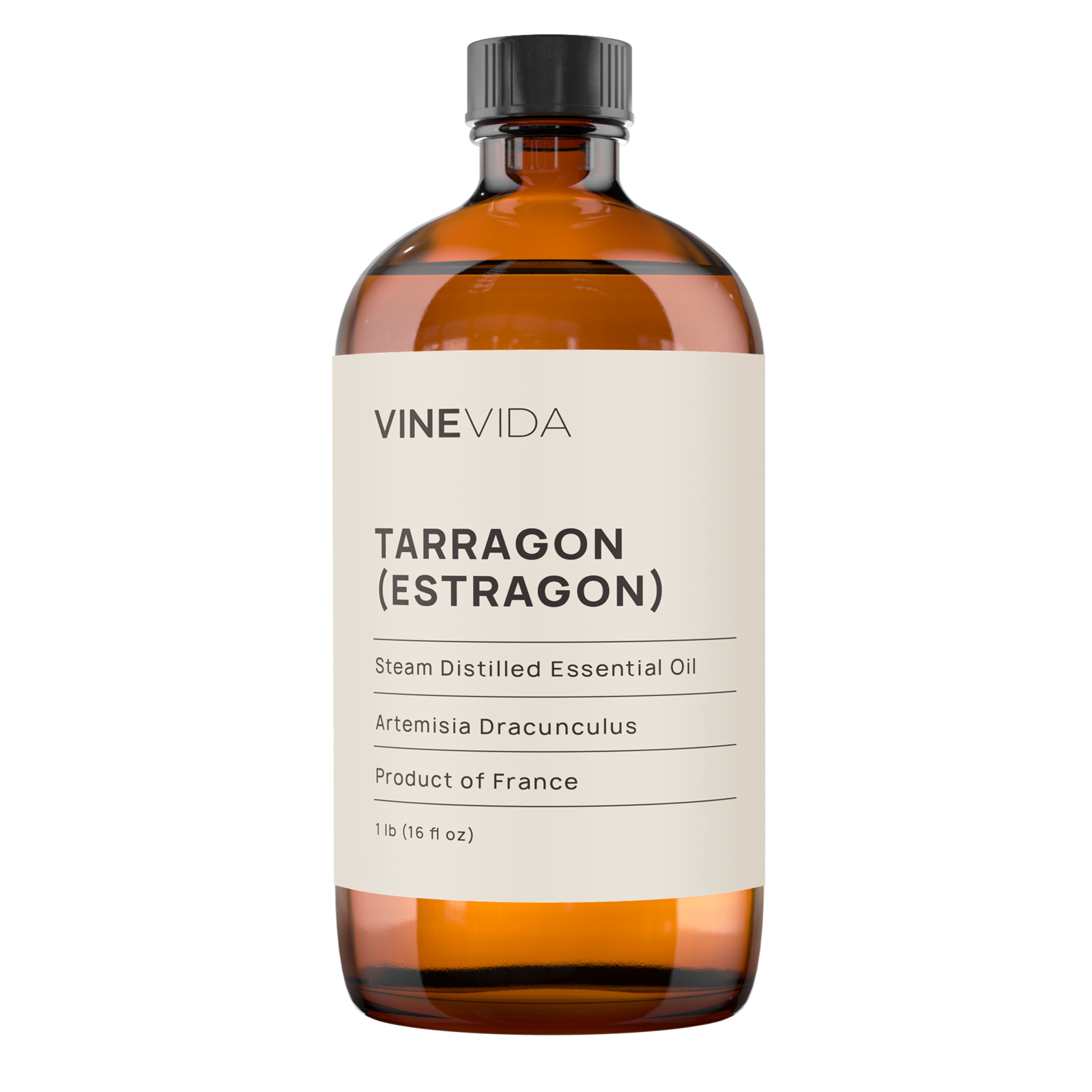
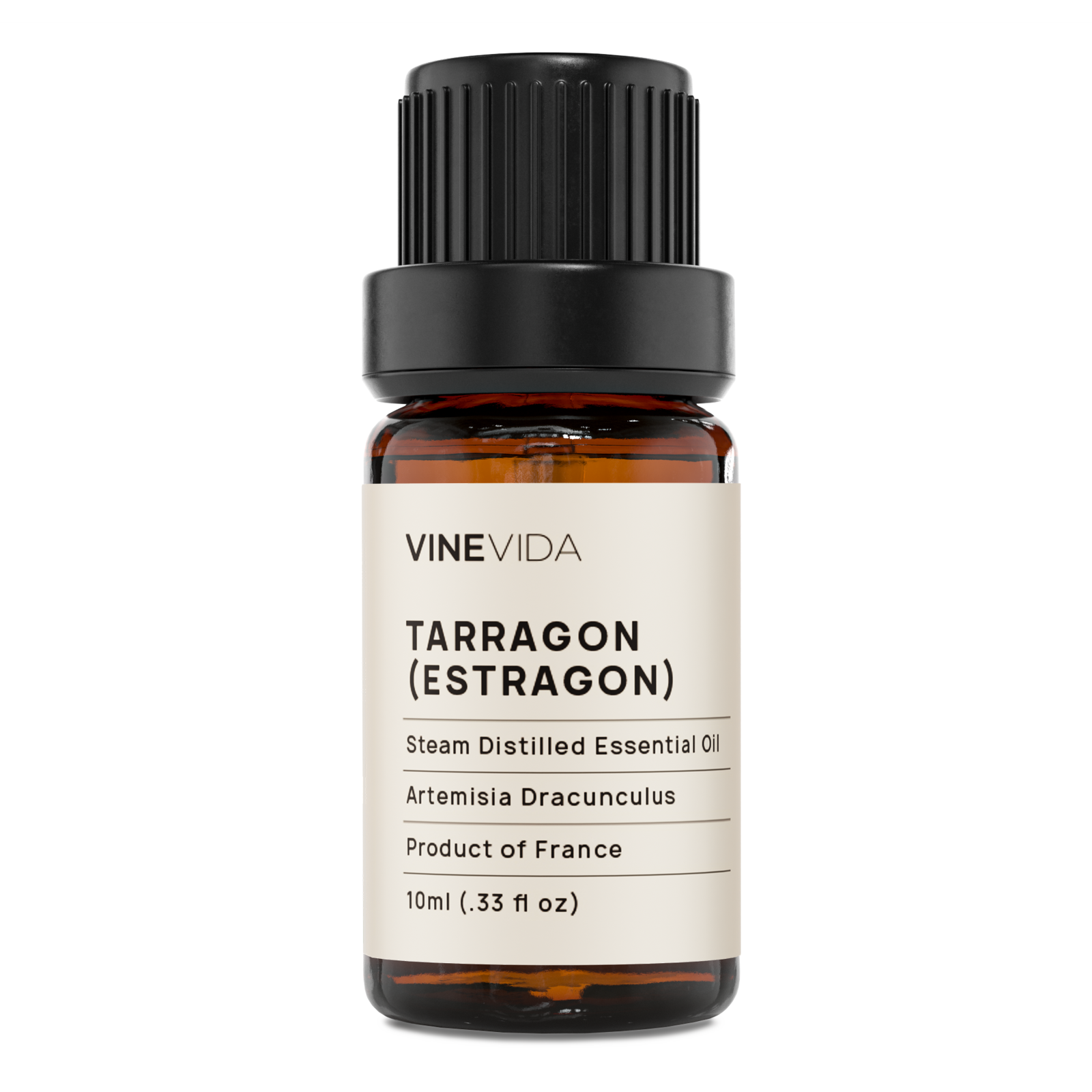
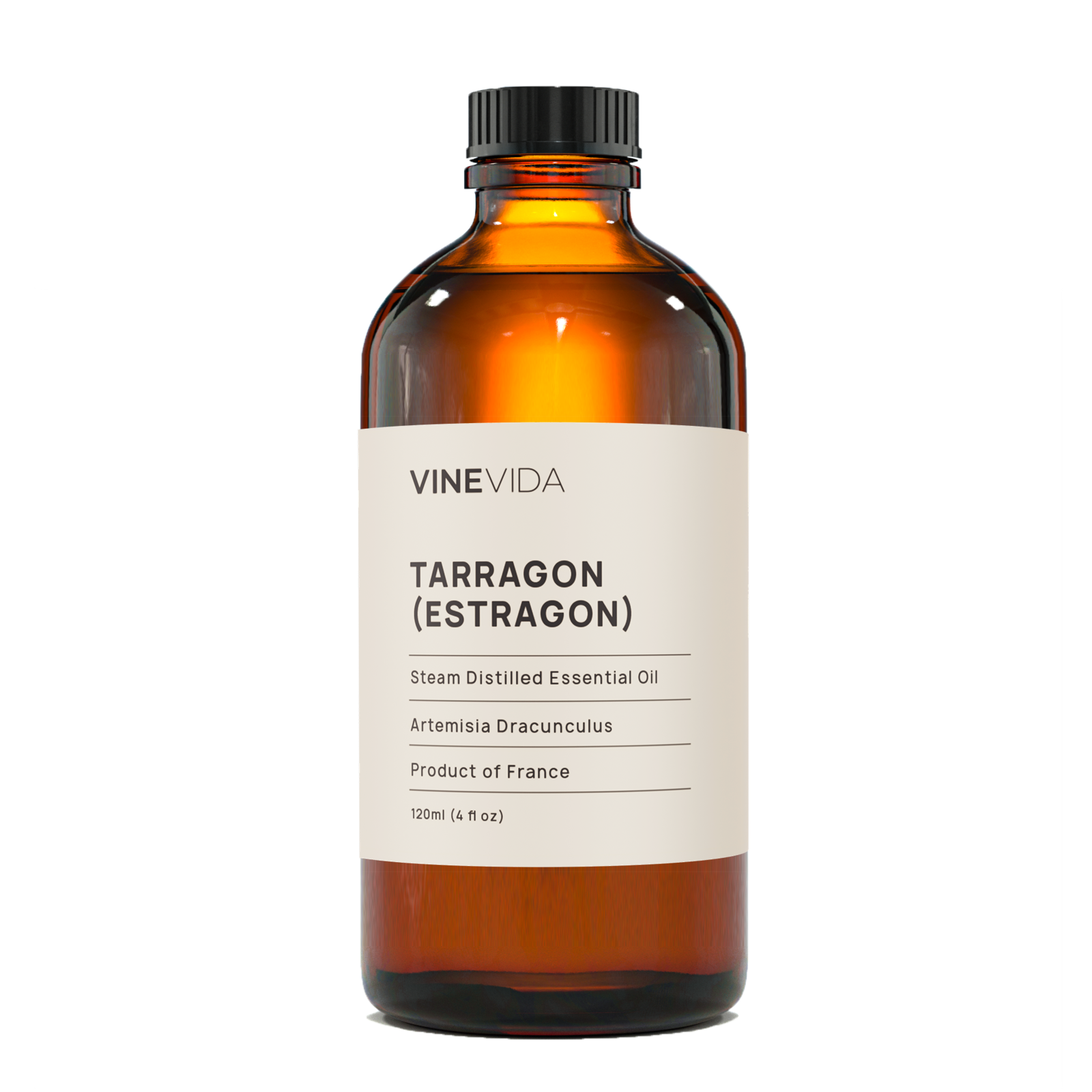
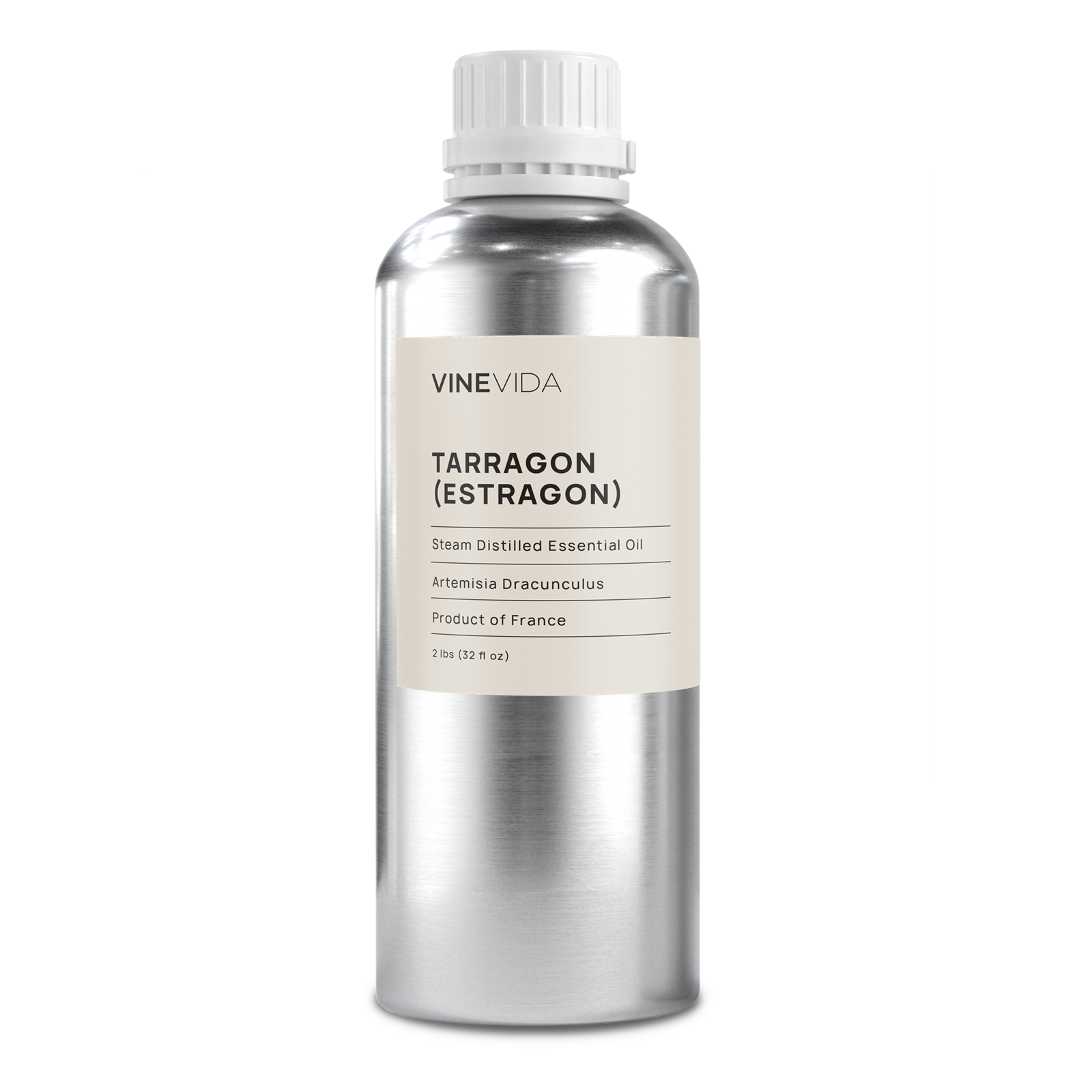
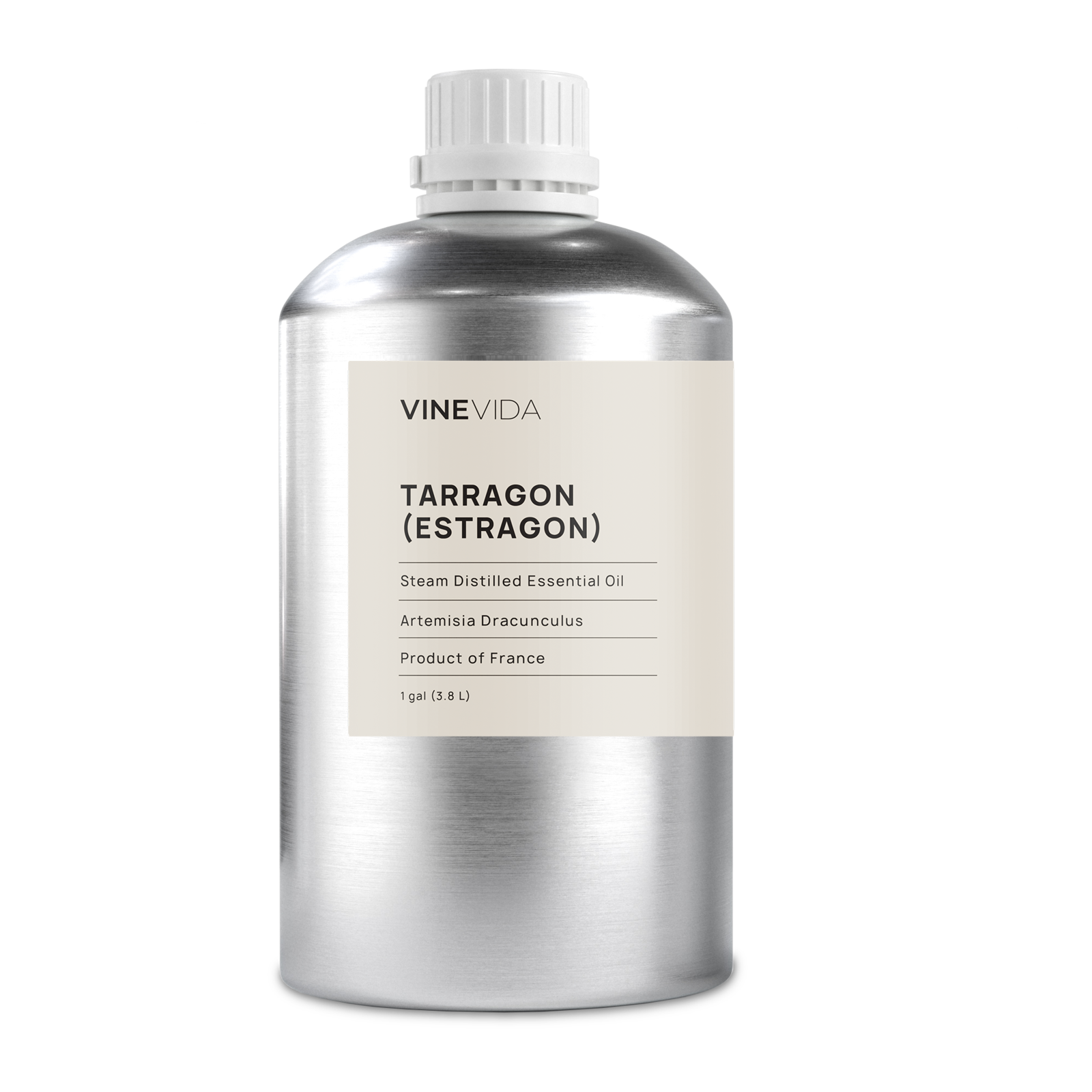
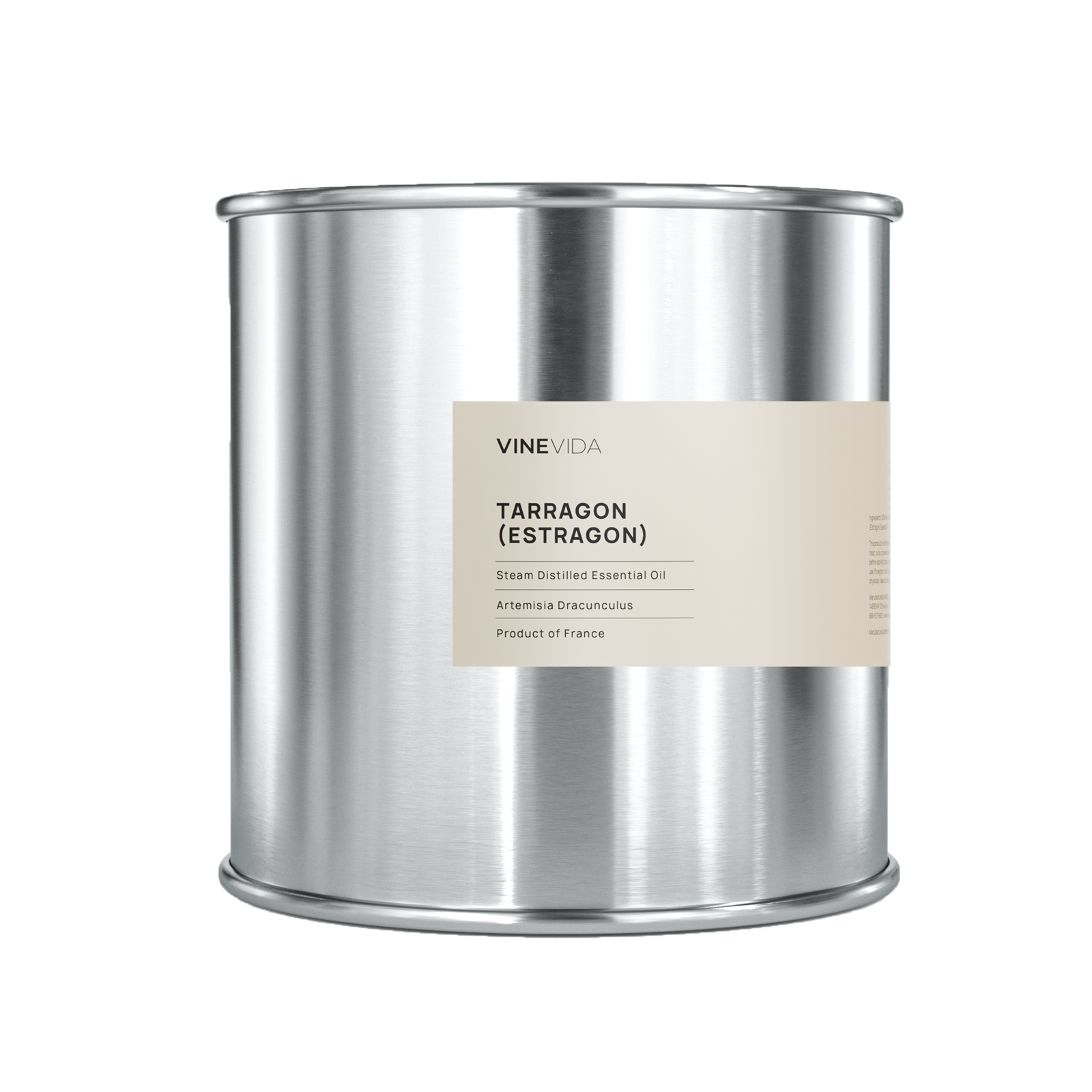
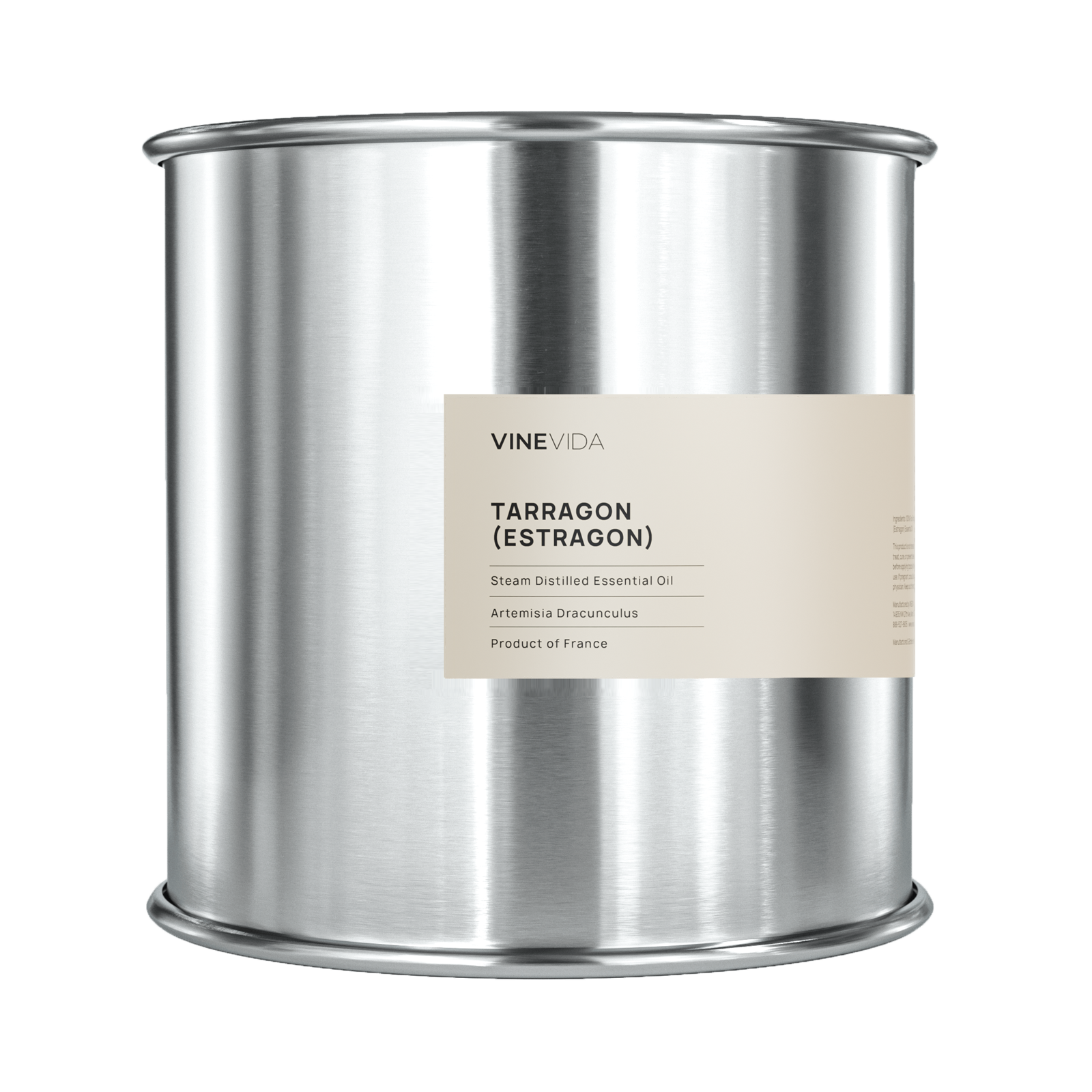
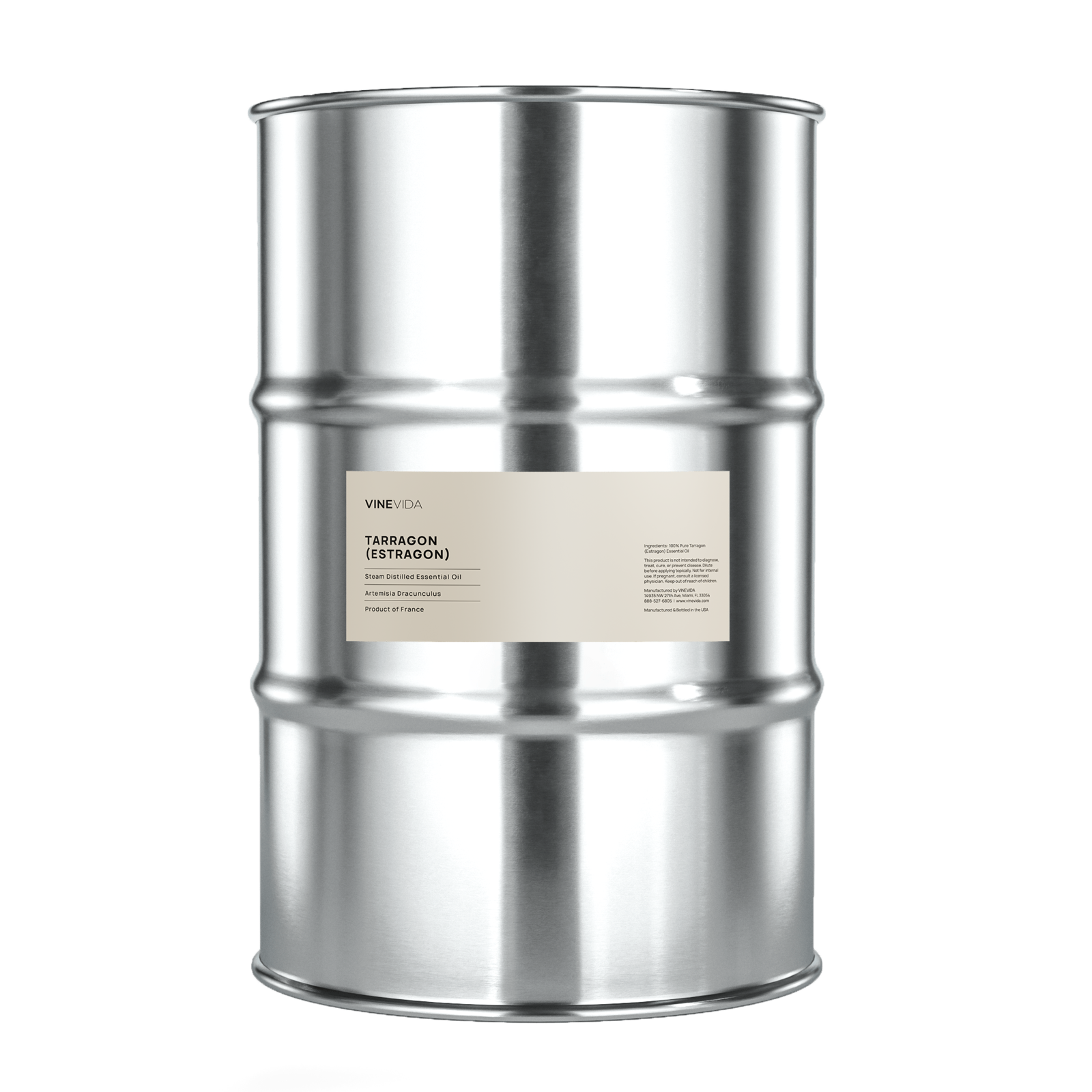






 IFRA Statement
IFRA Statement


















